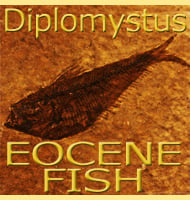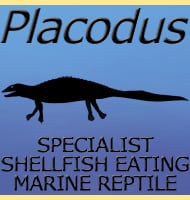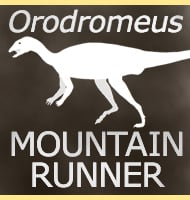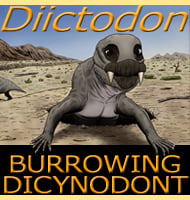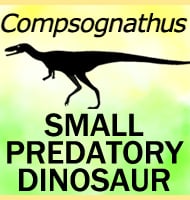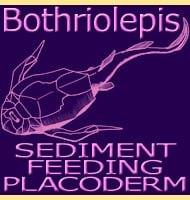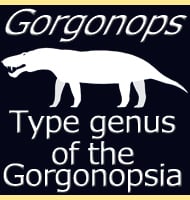In Depth
Cistecephalus could be dubbed the mole of the Permian. The small body was very stout with short limbs which sprawled out to the sides, not great for speed but very good at gripping the sides of a tunnel for traction. The forelimbs in particular show support for very powerful muscles, and were probably the primary digging devices. The skull had an overall flat wedge shape, something which would have allowed Cistecephalus to more easily open its mouth, bearing in mind that space in a burrow would be limited.
By being a burrower Cistecephalus could hunt for invertebrates like worms that had become exposed within its burrow. It’s also possible that Cistecephalus may have ventured on the surface for short periods, perhaps at night in search for other invertebrate prey. As long as Cistecephalus stayed within its burrow however it could have lived with a relatively high degree of safety compared to other non-burrowing animals. It should be remembered that there also would have been plenty of therapsid predators such as Lycaenops that would have seen Cistecephalus as a good sized meal if they had the chance.
This burrowing lifestyle goes some way to explaining the huge number of Cistecephalus specimens found at the Cistecephalus assemblage (a Permian age formation in South Africa that was named after the Cistecephalus fossils found there. As a burrowing animal if Cistecephalus died inside its burrow, it may have been covered and protected from carnivores scavenging the body. Also environmental factors such as flooding may have drowned Cistecephalus in its burrow, possibly even collapsing it on top of the unfortunate animal.
Further Reading
– On a new species of Cistecephalus Owen. – Annals and Magazine of Natural History. 3 (35): 985–997. – A. S. Brink – 1950. – The skeleton of the mammal-like reptile Cistecephalus with evidence for a fossorial mode of life. – Annals of the South African Museum. 76 (5): 213–246. – Michael A. Cluver -1978. – New insights into the biology of the Permian genus Cistecephalus (Therapsida, Dicynodontia). – Journal of Vertebrate Paleontology. 32 (6): 1396–1410. – Tobias Nasterlack, Aurore Canoville & Anusuya Chinsamy – 2012.

